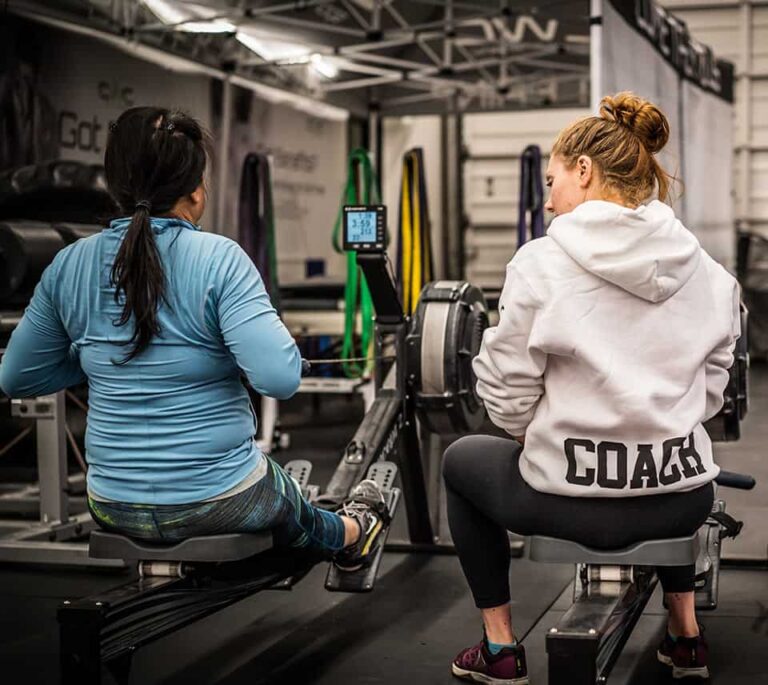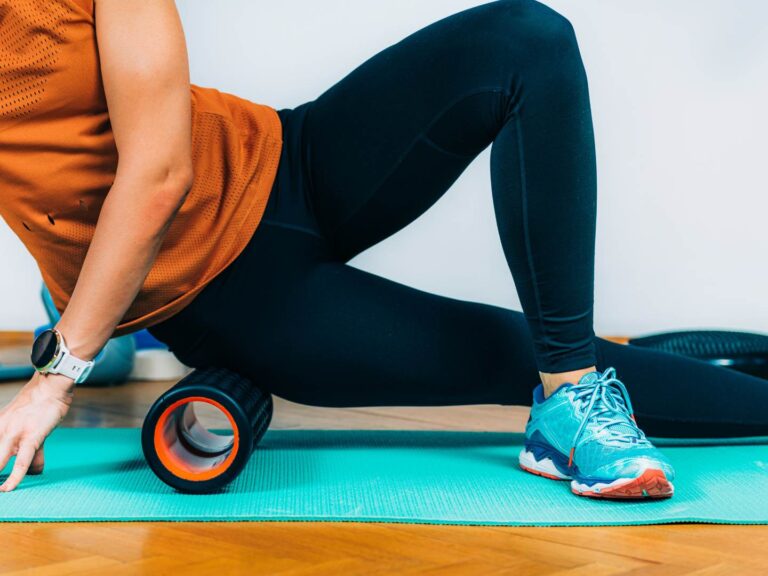5 Best Pelvic Floor Exercises for Stronger Core Stability
Strengthening the pelvic floor muscles is key for both men and women, aiding in the control of bladder and bowel function and enhancing sexual health. Pelvic floor exercises are simple yet effective and can be done at nearly any time. Whether you’re experiencing symptoms like incontinence or simply looking to maintain pelvic strength, incorporating these exercises into your routine can lead to noticeable improvements.
Regular engagement in pelvic floor exercises can also support recovery post-pregnancy and reduce the likelihood of prolapse. As with any exercise regimen, consistency is crucial; by regularly performing these targeted movements, you can build and maintain muscle strength in the pelvic region.
If you’re unsure where to start or want to ensure you’re performing pelvic floor exercises correctly, consider getting professional guidance. The team at CWC Sport Therapy in Coquitlam is adept at coaching you through these exercises, ensuring you’re on the right track to a stronger pelvic foundation. Visit them to get personalized advice and support.
Understanding Pelvic Floor Basics
Your pelvic floor is a group of muscles that form a supportive sling between your tailbone and pubic bone. Both men and women have pelvic floor muscles, and they play a crucial role in supporting your pelvic organs, like the bladder and bowel. Maintaining a strong pelvic floor is important for various reasons, such as aiding in sexual function, managing incontinence, and providing support during pregnancy and after childbirth.
| Gender | Functions Supported by Pelvic Floor |
| Women | Bladder control, vaginal birthing process, sexual sensation |
| Men | Bladder control, bowel control, erectile function |
As you age, these muscles can lose strength, leading to conditions like pelvic floor dysfunction or pelvic organ prolapse. It’s therefore important to engage in exercises that target these muscles to keep them strong.
Anatomy-wise, the pelvic floor is part of your core, which is the central area of your body that includes your abdominal muscles, back muscles, and pelvic floor. It’s not just about fitness; it’s about function and foundation. Strengthening these muscles can prevent the uncomfortable effects of a weakened pelvic floor, like leaking when you laugh or sneeze, and make a positive difference in your overall well-being.
During pregnancy and childbirth, the pelvic floor muscles stretch and may become weakened, making postpartum recovery a key time for focusing on these muscles. By incorporating pelvic floor exercises into your routine, you can improve recovery and also minimize the risk of experiencing issues in the future.
Top Pelvic Floor Exercises
Strengthening your pelvic floor muscles is essential for stability, core strength, and overall muscular health. These five exercises target different aspects of your pelvic floor to enhance control, strength, and endurance.
Kegels for Control and Strength
To perform Kegels, locate your pelvic muscles by attempting to stop your urine flow.
Once you identify them, contract these muscles for 3-5 seconds, then release for equal time. Aim for three sets of 10-15 repetitions daily to progressively build your muscle control and strength.

Squats to Engage Lower Muscles
Squats not only work your glutes and legs but also engage your pelvic floor.
Stand with your feet shoulder-width apart, then lower into a squat position as if sitting back in a chair. Keep your chest lifted and back straight. Perform 2-3 sets of 10-12 squats to effectively work these muscles.

Bridges for Stability and Tone
To do bridges, lie on your back with knees bent and feet flat on the ground.
Lift your hips to create a straight line from knees to shoulders. Focus on tightening your core, glutes, and pelvic floor as you lift. Hold for a few seconds, then lower back down. Aim for 3 sets of 8-10 reps.
Happy Baby Pose for Relaxation
The Happy Baby Pose is a yoga exercise that relaxes your muscles.
Lie on your back, grab the outside of your feet with your hands, and open your knees wider than your torso. Gently rock side to side, promoting relaxation and flexibility in the hips and pelvic area.
Pelvic Tilts to Improve Endurance
Finally, pelvic tilts help improve endurance of the pelvic muscles.
Lie on your back with knees bent, flatten your back against the floor by contracting your abdominal muscles and tilting your pelvis up. Hold for a few seconds, then release. Complete 2 sets of 12-15 reps to fortify your pelvic floor endurance.
Exercise Tips and Techniques
When starting pelvic floor exercises, ensure proper form and technique to effectively strengthen your muscles. Consulting with a physical therapist experienced in pelvic floor rehabilitation can provide valuable insights and biofeedback.
Begin each exercise by finding a comfortable position, usually lying down with your knees bent and feet flat on the floor. Allow your arms to rest by your sides with your back and chest relaxed.
Focus on deep abdominal muscles as you practice diaphragmatic breathing. Inhale deeply, allow your abdomen to expand, then exhale slowly, feeling the abdomen fall. This helps engage your core and prepares you for exercising the pelvic floor muscles.
When performing exercises, engage your pelvic floor muscles by imagining you’re stopping the flow of urine. Hold for a few seconds and then relax, allowing full muscle relaxation. Ensure you’re not holding your breath; continue diaphragmatic breathing throughout.Repeat the exercises in sets, gradually increasing reps as your strength improves. Remember, these exercises are not a sprint; the key is consistency and accuracy, not speed. If you experience any discomfort, stop and consult your healthcare provider.
Conclusion
Pelvic floor exercises offer numerous benefits, from boosting core strength to improving bladder control. Remember to practice regularly for the best results. Take note of the following key points:
- Consistency: Aim to incorporate these exercises into your daily routine.
- Technique: Pay attention to form for maximum effectiveness.
- Progress: Be patient as improvements can take time.
If you need personalized advice or want to enhance your workout, CWC Sport Therapy is ready to assist. Commit to your pelvic health today, and enjoy the lifelong benefits!







